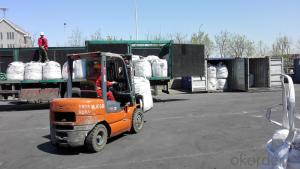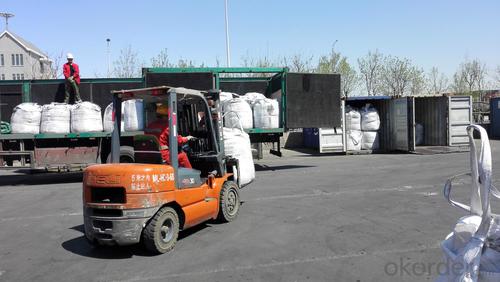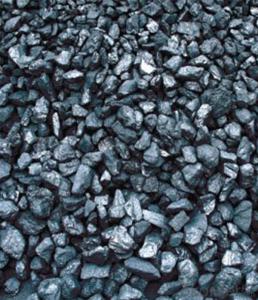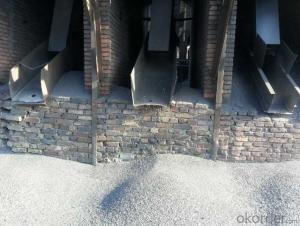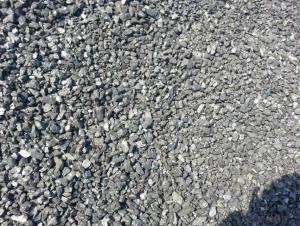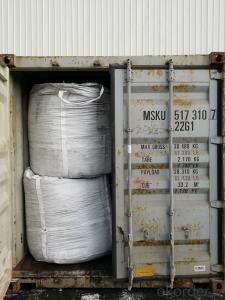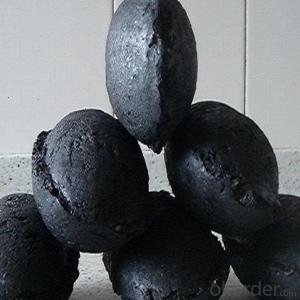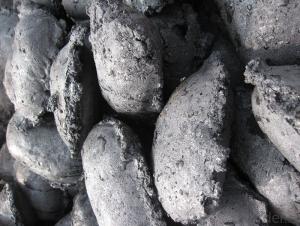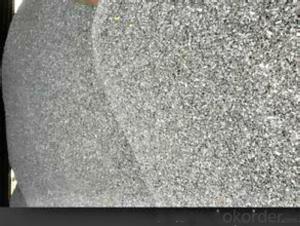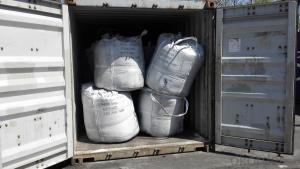China Carbon Raiser with Ash 4% for steel plant
- Loading Port:
- Tianjin
- Payment Terms:
- TT OR LC
- Min Order Qty:
- 20.7
- Supply Capability:
- 1007 m.t./month
OKorder Service Pledge
OKorder Financial Service
You Might Also Like
Introduction:
Calcined anthracite can be called carbon additive, carbon raiser, recarburizer, injection coke, charging coke, gas calcined anthracite.It is playing more and more important role in the industry
Best quality Anthracite as raw materials through high temperature calcined at over 2000℃ by the DC electric calciner with results in eliminating the moisture and volatile matter from Anthracite efficiently, improving the density and the electric conductivity and strengthening the mechanical strength and anti-oxidation. It has good characteristics with low ash, low resistivity, low sulphur, high carbon and high density. It is the best material for high quality carbon products. It is used as carbon additive in steel industry or fuel. We truly welcome you to visit our factory
Features:
G-High Calcined Anthracite is produced when Anthracite is calcined under the temperature of 1240°C in vertical shaft furnaces. G-High Calcined Anthracite is mainly used in electric steel ovens, water filtering, rust removal in shipbuilding and production of carbon material.
Specifications:
F.C.% | 95MIN | 94MIN | 93MIN | 92MIN | 90MIN | 85MIN | 84MIN |
ASH % | 4MAX | 5MAX | 6 MAX | 6.5MAX | 8.5MAX | 12MAX | 13MAX |
V.M.% | 1 MAX | 1MAX | 1.0MAX | 1.5MAX | 1.5MAX | 3 MAX | 3 MAX |
SULFUR % | 0.3MAX | 0.3MAX | 0.3MAX | 0.35MAX | 0.35MAX | 0.5MAX | 0.5MAX |
MOISTURE % | 0.5MAX | 0.5MAX | 0.5MAX | 0.5MAX | 0.5MAX | 1MAX | 1MAX |
Pictures
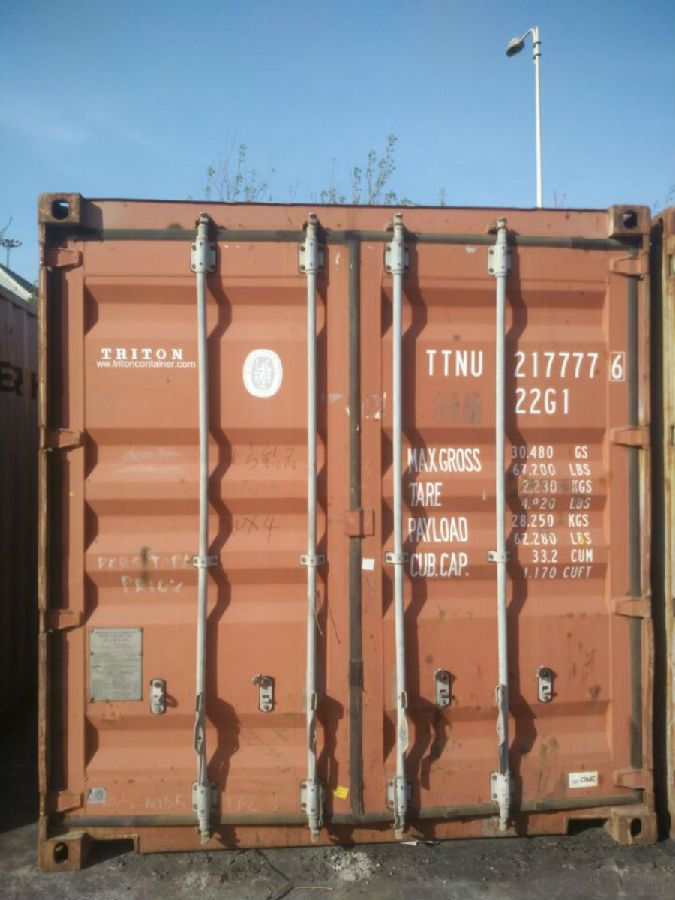
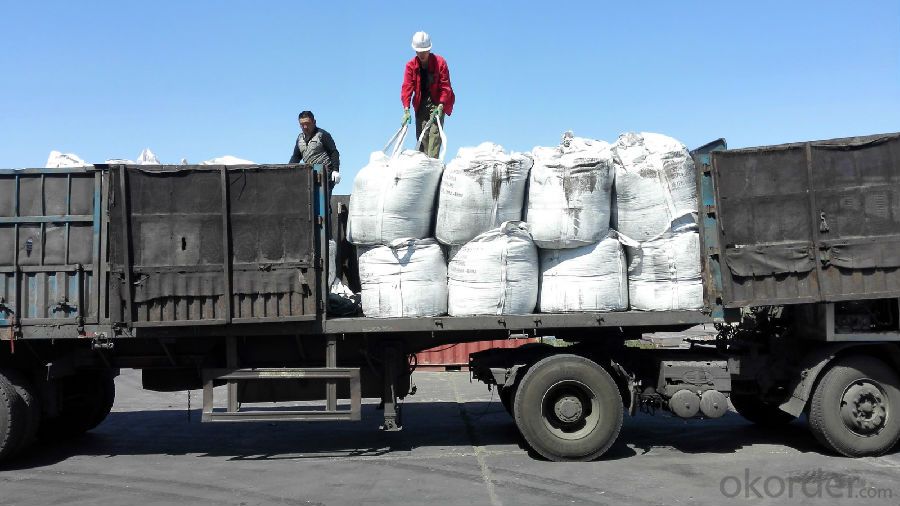
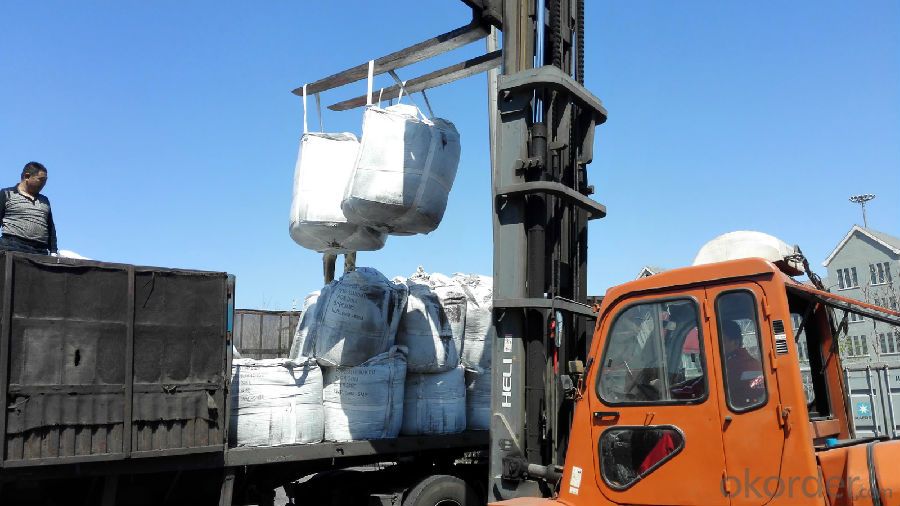
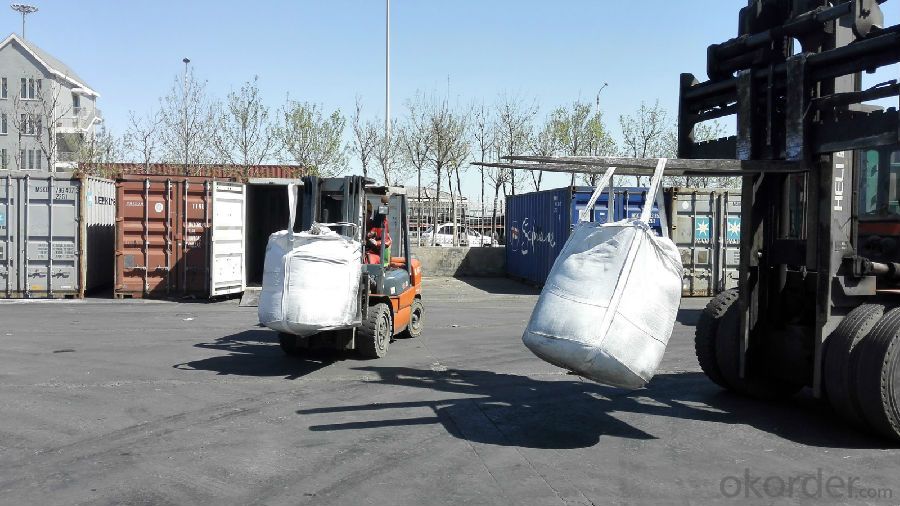
FAQ:
Packing:
(1). Waterproof jumbo bags: 800kgs~1100kgs/ bag according to different grain sizes;
(2). Waterproof PP woven bags / Paper bags: 5kg / 7.5kg / 12.5kg / 20kg / 25kg / 30kg / 50kg small bags;
(3). Small bags into jumbo bags: waterproof PP woven bags / paper bags in 800kg ~1100kg jumbo bags.
Payment terms
20% down payment and 80% against copy of B/L.
Workable LC at sight,
- Q: How does carbon contribute to the hardness of steel?
- The hardness of steel is enhanced by carbon through a process called carbonization. By introducing carbon atoms into the iron lattice of steel, interstitial solid solutions are formed, resulting in distortion of the lattice. This distortion hinders the easy sliding of iron atoms, thereby increasing resistance to deformation and enhancing the hardness of the steel. The strength and hardness of steel are further enhanced by increasing the carbon content, but only up to a certain limit. Nonetheless, excessive carbon can render the steel brittle, thus it is crucial to strike a balance to attain optimal hardness without compromising other properties of the steel.
- Q: What are carbon offsets?
- Carbon offsets are a way to compensate for greenhouse gas emissions by supporting projects that reduce or remove carbon dioxide from the atmosphere, such as reforestation or renewable energy initiatives. They essentially enable individuals or organizations to balance out their carbon footprint by investing in activities that counteract their own emissions.
- Q: How does carbon cycle through the environment?
- The carbon cycle is a natural process through which carbon is constantly recycled and exchanged between the atmosphere, land, and ocean. It begins with carbon dioxide (CO2) being absorbed by plants through photosynthesis, converting it into organic compounds. These plants are then consumed by animals, transferring carbon up the food chain. When plants and animals die, their organic matter decomposes, releasing carbon back into the atmosphere as CO2. Additionally, some carbon is stored in the form of fossil fuels, such as coal and oil, which are released through human activities like burning fossil fuels and deforestation. Ultimately, carbon is continually cycled through the environment, balancing the levels of CO2 in the atmosphere and supporting life on Earth.
- Q: How does carbon affect the formation of desertification?
- Carbon can indirectly affect the formation of desertification by contributing to climate change. Increased carbon emissions lead to global warming, which alters weather patterns and increases the frequency and intensity of droughts. These prolonged dry periods, combined with other factors such as deforestation and overgrazing, can accelerate soil degradation and ultimately lead to desertification.
- Q: What is carbon offsetting in the food industry?
- The concept of carbon offsetting within the food industry involves the act of counteracting or compensating for the greenhouse gas emissions associated with the processes of food production and distribution. It serves as a means for food companies to take responsibility for their carbon footprint and make a contribution towards global endeavors in mitigating climate change. Significant contributions to greenhouse gas emissions originate from activities related to food production and distribution, primarily including deforestation, alterations in land use, energy consumption, and transportation. Through carbon offsetting, food industry companies are able to invest in projects or initiatives aimed at reducing or eliminating an equal quantity of carbon dioxide from the atmosphere, effectively balancing out their own emissions. Within the food industry, there exist various approaches to carbon offsetting. A frequently employed method involves investment in renewable energy projects, such as wind farms or solar power installations, which counterbalance emissions arising from energy consumption within food processing facilities or during transportation. Another method involves providing support for projects aimed at promoting sustainable agricultural practices, such as reforestation or afforestation endeavors, which contribute to the capture of carbon dioxide from the atmosphere. The practice of carbon offsetting within the food industry also extends to the realm of supply chain management. Companies are able to collaborate with their suppliers in order to implement more sustainable farming practices, minimize waste, and optimize transportation routes, all with the intention of reducing emissions. By engaging with farmers, producers, and distributors, food companies can collectively strive towards reducing their overall carbon footprint and attaining carbon neutrality. It should be recognized that carbon offsetting is not intended to serve as a substitute for reducing emissions at their source. Rather, it should be seen as a supplementary measure, supporting the transition towards more sustainable and low-carbon practices within the food industry. Through offsetting their emissions, food companies are able to demonstrate their commitment to environmental stewardship and contribute to the global fight against climate change.
- Q: What is carbon fiber reinforced polymer?
- Combining carbon fibers with a polymer matrix creates a composite material known as carbon fiber reinforced polymer (CFRP). This material is both strong and lightweight. Carbon fibers are thin and strong, consisting of carbon atoms bonded together in a crystalline structure. These fibers are integrated into a polymer matrix, typically made of epoxy resin, which serves to bind the fibers together and offer support. The resulting combination of carbon fibers and polymer matrix yields a material with a high strength-to-weight ratio, making it suitable for diverse applications. CFRP is recognized for its exceptional stiffness, strength, and resistance to corrosion and fatigue. It finds extensive use in aerospace, automotive, sports equipment, and other industries that require lightweight and high-performance materials. Due to its unique properties, CFRP presents an excellent alternative to conventional materials such as steel, aluminum, and fiberglass. It offers superior strength and durability while significantly reducing weight.
- Q: Material characteristics of carbon fiber
- This allows carbon fibers to have the highest specific strength and specific modulus in all high-performance fibers. Compared with the metal materials such as titanium, steel and aluminium, carbon fiber has the characteristics of high strength, high modulus, low density and low coefficient of linear expansion. It can be called the "king of new materials". In addition to carbon fiber with general characteristics of carbon material, its appearance has obvious anisotropy and soft, can be processed into a variety of fabrics, and the proportion of small, along the fiber axis show a very high strength carbon fiber reinforced epoxy resin composites, the strength and modulus of composite indicator in the existing structural materials is the highest. The tensile strength of carbon fiber resin composite materials are generally in more than 3500 MPa, is 7 to 9 times that of steel, the tensile modulus of 230 to 430G were also higher than that of steel; therefore the specific strength of CFRP material intensity and density can be achieved above 2000 MPa, the specific strength of A3 steel is only 59 MPa.
- Q: What are the effects of carbon emissions on the stability of the atmosphere?
- The stability of the atmosphere is significantly affected by carbon emissions, resulting in various consequences. One primary effect is the intensification of the greenhouse effect, which leads to global warming and climate change. Human activities emit carbon dioxide (CO2), the main greenhouse gas, which traps heat in the atmosphere and prevents it from escaping into space. Consequently, the Earth's average temperature rises, causing a range of negative impacts. One consequence of carbon emissions is the alteration of weather patterns. Increased atmospheric temperatures can result in more frequent and severe heatwaves, droughts, and wildfires. Conversely, it can also lead to heavier rainfall and more frequent and intense storms, such as hurricanes and cyclones. These changes disrupt ecosystems, agriculture, and water availability, posing risks to human health, food security, and infrastructure. Another result of carbon emissions is the melting of polar ice caps and glaciers. As the atmosphere warms, ice sheets in Antarctica and Greenland melt, contributing to rising sea levels. This poses a significant threat to coastal regions, increasing the risk of flooding, erosion, and the loss of valuable ecosystems. The displacement of coastal communities and the loss of land also create social and economic challenges. Additionally, carbon emissions contribute to ocean acidification. When seawater absorbs CO2, it reacts with water molecules and forms carbonic acid, lowering the ocean's pH and making it more acidic. This acidity harms marine life, particularly coral reefs and organisms dependent on calcium carbonate for their shells and skeletons. The degradation of coral reefs not only affects marine biodiversity but also impacts the livelihoods of communities dependent on fisheries and tourism. Furthermore, carbon emissions trigger feedback loops that further impact the stability of the atmosphere. For example, as the Earth warms, permafrost in the Arctic regions begins to thaw, releasing significant amounts of methane, another potent greenhouse gas. This release of additional greenhouse gases amplifies global warming, creating a harmful cycle. In conclusion, carbon emissions have far-reaching effects on the stability of the atmosphere. They contribute to global warming, alter weather patterns, cause the melting of ice caps, acidify the oceans, and trigger feedback loops. It is crucial to address carbon emissions through sustainable practices, renewable energy sources, and international cooperation to mitigate these effects and ensure a stable and livable atmosphere for future generations.
- Q: Is carbon monoxide good for people?
- But in organ transplant operations, the use of trace amounts of carbon monoxide helps dilate blood vessels and reduce inflammation, thereby increasing the survival rate of transplanted organs. But traditional carbon monoxide inhalation has the risk of poisoning patients and medical staff by accidental inhalation of high doses of carbon monoxide. That's the advantage of CO
- Q: How do you stick carbon fabric?
- 1 、 construction tools and equipmentThe main equipment includes cutting machine, angle grinder and roller brush2, concrete substrate treatment(1) remove the damaged parts and damaged parts of the concrete parts and reach the compacted parts(2) check whether exposed steel bars are rusted or not. If there is rust, the necessary treatment should be carried out(3) repair the damaged part of the component through the chisel, the cleaning and the exposed ribs, and then use the epoxy mortar, which is higher than the strength of the original component concrete, to repair and restore to the surface(4) crack repair. Cracks with a width of less than 0.20mm shall be coated with epoxy resin and sealed. Cracks greater than or equal to 0.20mm shall be sewed with epoxy resin(5) to the designated location, scope of patch repair and reinforcement of ink, according to the design requirements.(6) burnish the surface of the member (the connecting part of the concrete component, the difference of the section of the template), and make sure that the repaired section is as smooth as possible(7) the angular position, with grinder. Rounding radius should be larger than 30mm, the minimum of not less than 20mm.
Send your message to us
China Carbon Raiser with Ash 4% for steel plant
- Loading Port:
- Tianjin
- Payment Terms:
- TT OR LC
- Min Order Qty:
- 20.7
- Supply Capability:
- 1007 m.t./month
OKorder Service Pledge
OKorder Financial Service
Similar products
Hot products
Hot Searches
Related keywords
